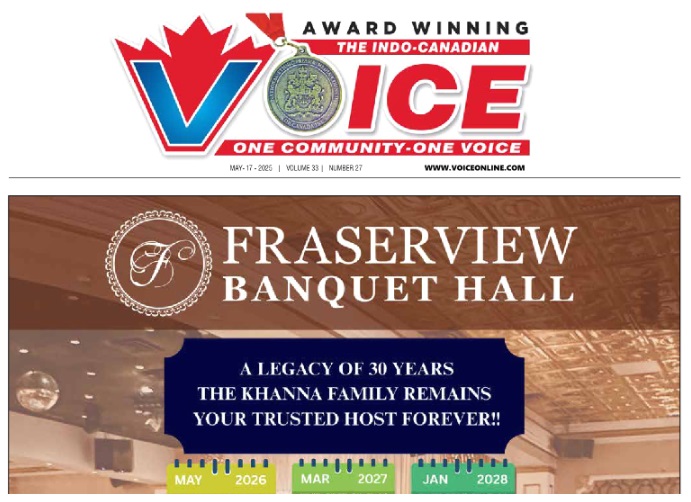
[Editor’s Note: Sandra Singh, who was born in Fiji and whose family came to Canada in 1975, becames the youngest person to head a major library in this country in 2010. Sandra’s dad is Indo-Nepali and her mom is German. When I asked her about the “Singh” part of her name back then, she told me: “I kept it when I married because for me that part of my heritage is really important in terms of who I am and how I think about myself in being Canadian. And if you were to look at me, you probably wouldn’t know. Most people think I married into the name. It was important for me to keep that because it’s really my only visible identifier.”]
Singh this past weekend received the 2014 excellence award from the Association of B.C. Public Library Directors, which represents the chief librarians, executive directors and CEOs who lead the province’s public libraries.
“We are delighted to recognize Sandra’s many achievements and her work on behalf of public libraries here in B.C. and across the country,” says Maureen Sawa, CEO of the Greater Victoria Public Library and the association’s outgoing chair.
VPL board chair Mary Lynn Baum praised Singh as a passionate and energetic advocate for public libraries and their goals of ensuring equitable access to information and intellectual freedom for all residents, supporting every community member with the resources they need to achieve their aspirations.
“Her outstanding leadership and drive to innovate, evaluate and demonstrate the value and relevancy of public libraries in our community is an enormous asset, not only to Vancouver but the entire library community,” says Baum.
“As a leader, she holds herself to highest standards and further inspires her team to advance public libraries both on a local and national scale.”
Since she joined VPL in 2010 – as the youngest chief librarian of a major urban library in Canada – Singh has been instrumental in leading the VPL board’s ambitious strategic plan and has widely promoted and supported public libraries:
She’s the president-elect of the Canadian Library Association and has been instrumental in the creation of the Centre for Equitable Library Access, a new national organization working to provide access to alternate format materials for Canadians with print disabilities through public libraries.
“This award really recognizes a team effort – I work for an incredible volunteer board of trustees who are passionate in their leadership of VPL and with an extraordinary team of staff who step up to challenges with creativity and commitment,” notes Singh, who also credits the City of Vancouver for its long-standing support of the VPL and the services and opportunities it provides to residents.
“Public libraries are more important than ever,” says Singh. “Digital is an important opportunity for an information society, but it’s not inherently free, equitable, or easy – we still have the same social conditions that require us as citizens to ensure that everyone has access to information, stories, and culture and the facilitators to help along the way.”






















